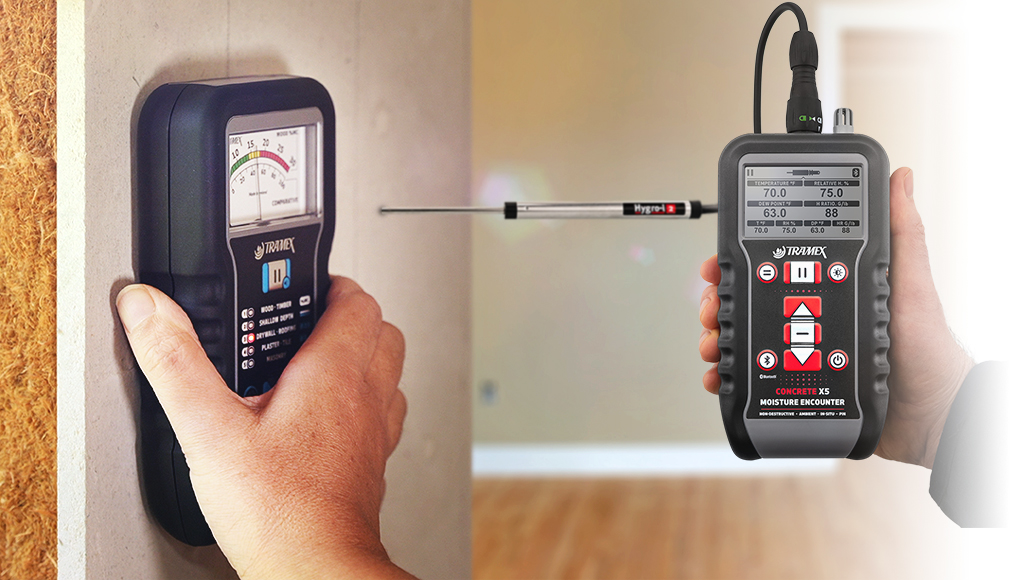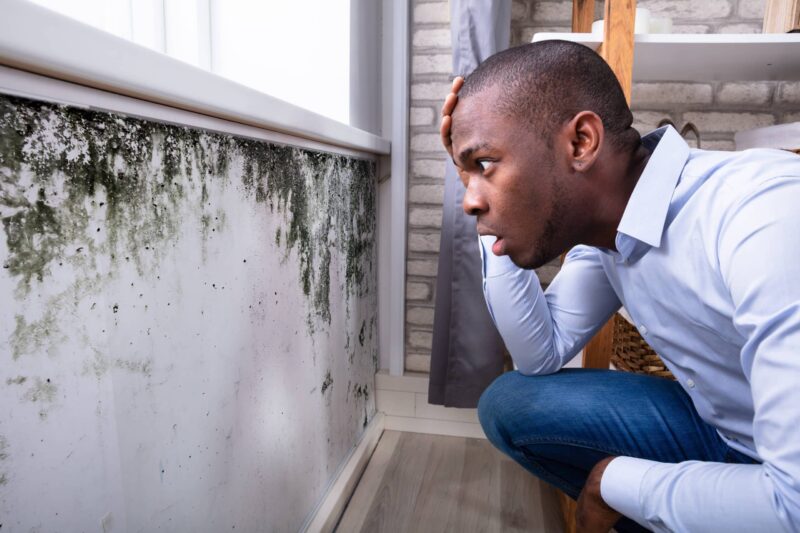Mold inspection is a critical yet often overlooked aspect of home maintenance that can save you from health concerns and costly repairs. Imagine walking into your home feeling safe and secure, only to discover hidden spores lurking in dark corners, waiting to invade.
Understanding mold, its potential health risks, and the inspection process is essential for any homeowner. This comprehensive guide will lead you through every stage of mold inspection—from recognizing warning signs to hiring professionals, and what to expect during the assessment.
Armed with the right knowledge, you can take proactive steps to protect your living environment, ensuring it remains a sanctuary for you and your family. Whether you suspect a minor issue or want to be vigilant against unseen threats, this guide is your ultimate companion in navigating the often murky waters of mold inspection.
When to Consider a Mold Inspection

When to consider a mold inspection can hinge on a variety of factors, making it crucial to be vigilant in certain situations. If you’ve recently experienced water damage—perhaps a leaky roof or a burst pipe—the hidden remnants of moisture could provide a fertile ground for mold proliferation.
Similarly, if you notice a persistent musty odor in your home or see suspicious spots forming on walls and ceilings, it may be time to call in the experts. Additionally, if any household members begin to exhibit unexplained respiratory issues, allergies, or skin irritations, these could be signs that mold is lurking in the shadows.
Even if you haven’t observed any visible signs, it may be wise to schedule a mold inspection during real estate transactions, as the presence of mold can significantly impact your investment. It’s better to err on the side of caution; after all, mold is not just an aesthetic issue—it can pose serious health risks if left unaddressed.
Tools and Equipment Used in Mold Inspections

When embarking on a mold inspection, having the right tools and equipment is essential to ensure a thorough assessment of the environment. Inspectors typically start with a trusty flashlight, illuminating dark corners and hidden crevices where mold may thrive unseen.
Moisture meters are invaluable here, measuring humidity levels in various materials, helping identify areas susceptible to mold growth. Thermal imaging cameras take it a step further, revealing temperature variations that may indicate hidden moisture or mold infestations lurking behind walls.
Air sampling pumps help gather samples of airborne spores, providing crucial data for laboratory analysis. Furthermore, personal protective equipment, such as respirators and gloves, safeguards inspectors from potential allergens and toxins.
Each of these tools plays a pivotal role, weaving together a comprehensive picture of the property’s mold situation, allowing for effective remediation strategies to follow.
Taking Action After Inspection

After completing a thorough mold inspection, the next crucial step is to take decisive action to address any findings. First, carefully review the inspectors report, which often details not only the locations of mold but also its type and potential health risks.
Armed with this knowledge, evaluate whether the situation requires professional remediation or if it can be tackled with DIY methods. For minor infestations, you might opt for simple solutions like vinegar or baking soda, yet larger or persistent problems demand the expertise of certified specialists who can implement safe and effective removal strategies.
It’s also vital to address underlying moisture issues—such as leaks, condensation, or high humidity—to prevent mold from returning. Remember, taking action promptly not only protects the integrity of your home but also safeguards the health of its occupants, fostering a safe and comfortable living environment.
Conclusion
In conclusion, understanding the mold inspection process is crucial for maintaining a healthy living environment. By recognizing the signs of mold and knowing what to expect during an inspection, you can take proactive steps to address potential issues before they escalate.
Collaborating with a professional Mold Inspection Company can provide you with the expertise and tools necessary to identify and mitigate mold growth effectively. Remember, timely action not only ensures the safety of your property but also safeguards the well-being of those who inhabit it.
By staying informed and vigilant, you can create a safer, mold-free environment for yourself and your loved ones.


